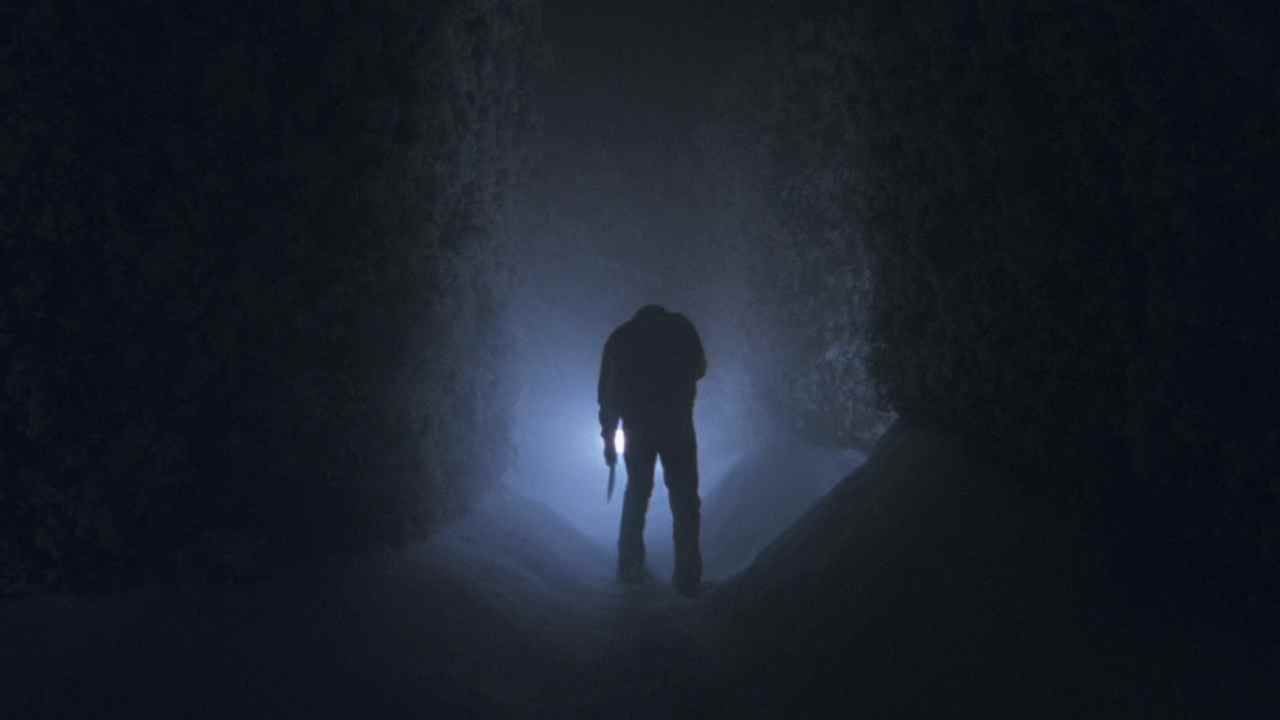Imagine that you are facing a copy of yourself. Then you meet another doppelganger a few days later. Imagine finding out you actually have twin sisters and being lied to about your past. This is the starting point of Triada, a Mexican series that Netflix released a few days ago.
The series informs us from the beginning that the story is inspired by reality, we don’t know for sure what is new. But a scene from episode 6 gives us a little clue when the heroine is holding a magazine with photos of three identical boys. Her mother then explains to her that her story is identical to the trio. The camera insists on the image to let us know that they are important.
Edward Galland, David Kelman and Robert Shafran celebrate their reunion.
When chance does a good job
And for good reason, they are Edward Galland, David Kelman and Robert Shafran, three people who really existed. The latter found out at the age of 19 that they were brothers. It all started in 1980, when Robert came to New York University to study.
Everyone at the place greets us as if we know each other. The only problem is, he goes by another name: Eddie Galland. Intrigued, Robert leads the investigation and eventually meets Eddie. They are like two drops of water and have the same date of birth. As they talk, they quickly realize that they are adopted and therefore siblings. After their affair goes public, they are approached by a certain David Kelman…who also happens to be their twin.
A controversial experiment
But it doesn’t stop there. Investigating a little further, the trio make a horrifying discovery: they were part of a social experiment conducted by psychoanalyst Peter Bella Neubauer as part of a study of nature and nurture.
The latter had selected triplets (one group) and twins (three groups) who were placed in foster families of different origins. The latter were closely monitored during youth with regular evaluations. The purpose of the experiment was to see if the children shared similarities (physical, psychological and everything related to taste) even though they were raised differently. The adoptive parents obviously didn’t know.
The discovery quickly made headlines. Shout out to Peter Neubauer who died shortly after these revelations. His research has been compared to that of Josef Mengele, the Nazi who also experimented on twins at Auschwitz. Already in 1980, and perhaps feeling that public opinion would not be in his favor, the psychoanalyst (by the way, a survivor of the camps himself) decided not to publish his results.
These revelations would certainly allow separated brothers and sisters to find each other, but the results were not in vain. Of the nine people who unwittingly participated in the experiment, three committed suicide. This is especially true after Eddie Galland sank into depression.
The story of the trio clearly caught the attention of the producers. A documentary called Three Identical Strangers, released in 2018, chronicles their journey. Time seen on Netflix, it is now only available on VOD.
Source: Allocine
Camila Luna is a writer at Gossipify, where she covers the latest movies and television series. With a passion for all things entertainment, Camila brings her unique perspective to her writing and offers readers an inside look at the industry. Camila is a graduate from the University of California, Los Angeles (UCLA) with a degree in English and is also a avid movie watcher.






